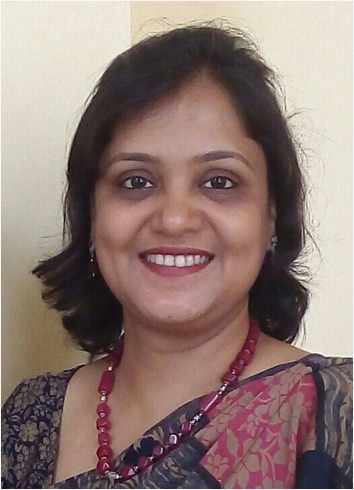6 in 1 vaccination – a big boon for babies and parents: says Dr. Kheya Ghosh Uttam, West Bengal must focus more in urban areas
Ambar Bhattacharya, Takmaa, Kolkata, 15th May 2022 : Children are exposed to an innumerable number of germs, some of which can cause serious diseases. A child’s immune system is still developing, and it cannot fight against all deadly diseases. According to the World Health Organization, immunization is one of the most successful public health interventions to prevent deaths from infections such as diphtheria, pertussis (whooping cough), and tetanus in all age groups.[i]The 6 in 1 combination vaccination protects children from 6 serious illnesses: diphtheria, pertussis, tetanus, haemophilus influenza type B, hepatitis B, and poliomyelitis.
Speaking about this, Dr. Kheya Ghosh Uttam, Associate Professor and NICU- In – Charge, Institute of Child Health, Kolkata said, “Combination vaccination is beneficial and a boon for children, parents, and the doctors. It covers six diseases in a single shot. It reduces clinic visits and saves time for parents and doctors. Parents now want to give their children combination vaccination and are eager to opt for it.”

According to the immunization schedule of the Indian Academy of Pediatrics[ii], children would need to take the DTP-IPV-Hib-HepB vaccines at the age of 6, 10 and 14 weeks. 6-in-1 vaccination provides protection for these 6 diseases. 6 in 1 vaccination would mean that children take only 2 injections (i.e. 6 in 1 vaccination and pneumococcal vaccination) and 1 oral vaccine (rotavirus vaccination) on each of these occasions. Without the combination shot, children would have to take many more injections.
In recent years, India has intensified its efforts to increase immunization coverage in the country, which has resulted in significant improvement as shown by the National Family Health Survey – NFHS-5. The percentage of children aged 12 to 23 months who are fully vaccinated* has increased from 62% (NFHS-4; 2015-16) to 76.4% (NFHS-5; 2019-21) in India and from 84.4% to 87.8% in West Bengal. A recent study[iii] has also demonstrated that there has been a marked improvement in immunization coverage in rural areas, but limited improvement in urban areas.
More needs to be done to make parents aware of the benefits of immunization and the availability of vaccines, to increase full immunization coverage to 90% and beyond. With combination vaccinations, children receive fewer shots but get the same level of protection as they would have with separate vaccines.




